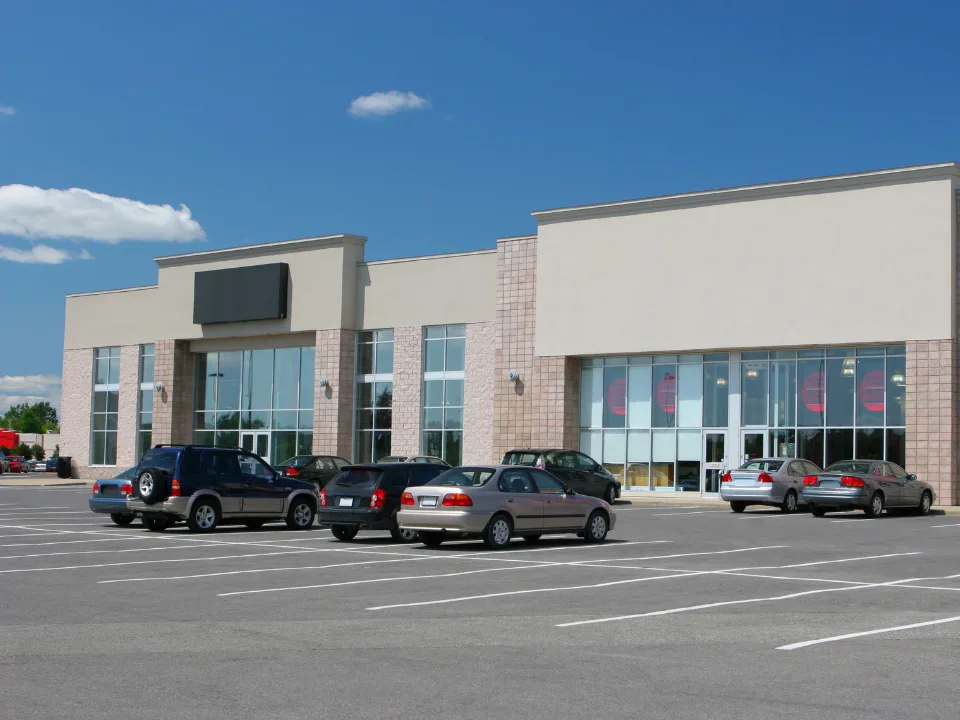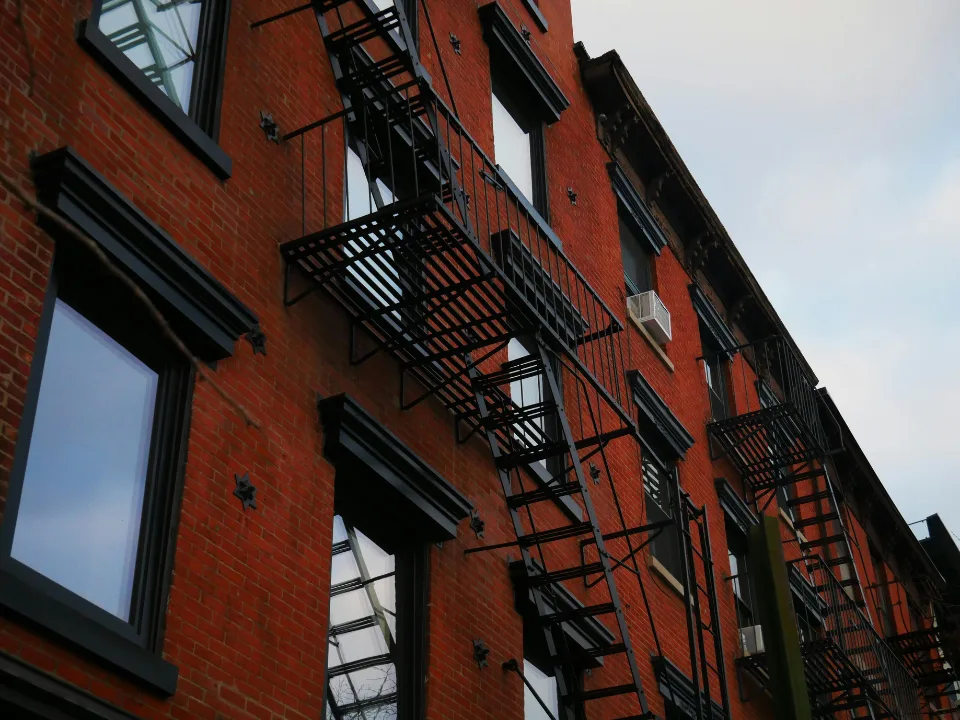- Metro areas like Austin, TX; Fayetteville, AR; and Raleigh, NC have seen positive net migration of young professionals between 2020 and 2024.
- These new residents are coming from less affluent regions with younger populations, attracted by better job prospects and more affordable housing.
- The metros’ median household incomes are higher than the areas where new residents are leaving, signaling a shift to higher-income opportunities.
According to a recent Placer.ai report, five mid-sized metro areas in the U.S. have seen an influx of young professionals over the past four years.
As reported in GlobeSt, these areas—Austin, TX; Fayetteville, AR; Raleigh, NC; Des Moines, IA; and Madison, WI—all enjoyed positive net migration from July 2020 to July 2024.
The incoming populations are largely from regions with younger, less affluent demographics, drawn to these metros by better housing affordability and career opportunities.
Migration Trends
All five metros experienced positive net migration, meaning more people moved into these areas than left over the four-year period.
Austin-Round Rock-Georgetown, TX, saw the largest population growth, at 3.6%, followed by Fayetteville-Springdale-Rogers, AR, at 3.3%, and Raleigh-Cary, NC, at 2.6%. Des Moines and Oklahoma City also saw steady growth at 1.4% and 1.1%, respectively.
Income And Demographics
One significant trend noted in the report is the gap between the median household income (MHI) of the destination metros and the regions from which the new residents are coming.
For instance, Austin’s MHI is $85.4K, while new residents come from areas with an average MHI of $69.9K. Similarly, Des Moines’ MHI is $75.1K, and new residents hail from regions averaging $58.1K. The trend is consistent across metros, reflecting a move to areas offering better job prospects and higher wages.
Age is another factor influencing this migration pattern. In most cases, the median age of incoming residents is younger than the existing population. For example, Des Moines’ median age is 36.4, while new residents have a median age of 34.8. Similarly, Oklahoma City’s new residents have a median age of 34.5, compared to 35.7 for the city itself.
Migration Drivers
Placer.ai attributes this migration pattern to two primary factors: affordable housing and career opportunities.
The report highlights that these metros offer better jobs and housing options than the regions people are leaving, making them attractive destinations for young professionals seeking economic stability and quality of life improvements.

















